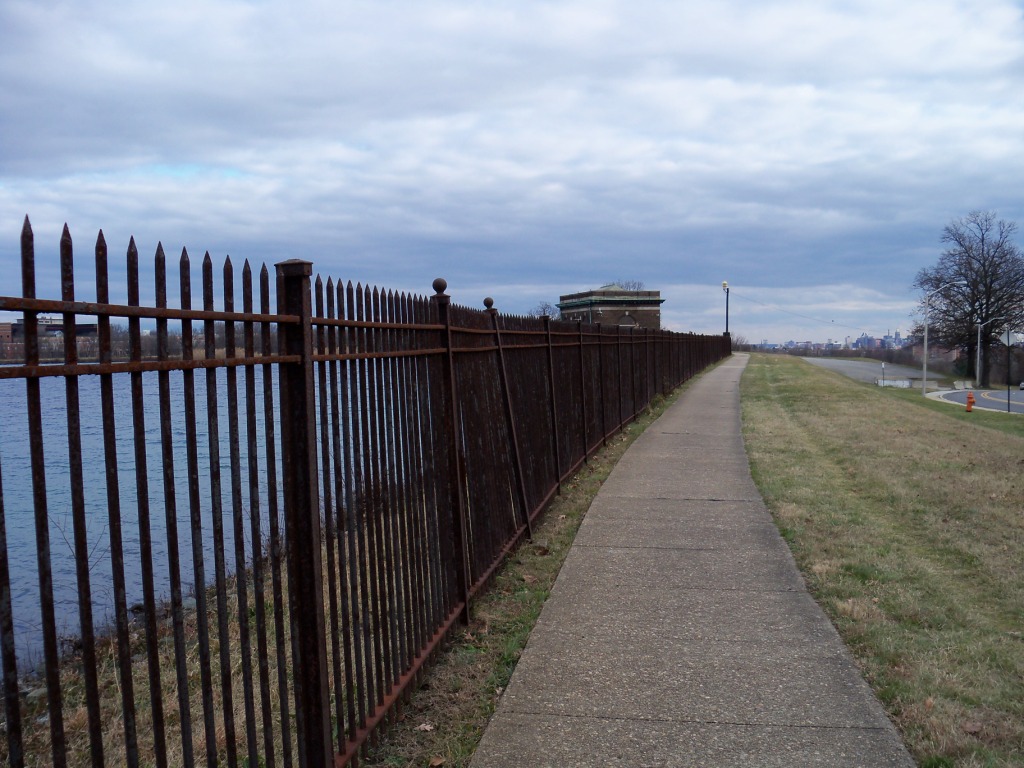(Instead of scolding people for their poverty, and trying to cut off their food supply, the New Deal set out to help them. Here, WPA workers in Maryland prepare surplus food for distribution to the less fortunate. Photo courtesy of the University of Maryland College Park Archives.)
In their perpetual mission to keep the less fortunate from receiving governmental assistance, Republicans and Tea Partiers in Congress recently voted to severely reduce funding for the Supplemental Nutrition Assistance Program (SNAP, formerly Food Stamps). Republicans and Tea Partiers, of course, are fond of selling their brand of Social Darwinism as nothing more than trying to get people to look for work. “We just want to weed out the lazy people,” they’ll say.
But, as economist Jared Bernstein points out, their plan is much more ruthless. For example, in areas of high unemployment, “It requires that such individuals be tossed off SNAP after 90 days if they can't find a job, regardless of how hard they're looking and how tough the job market is” (see “A profile that paints a far too benign picture of the Republicans’ proposed SNAP changes”).
This is part of a broader, intellectually dishonest environment where, for example, Republicans and Tea Partiers blame Democrats and Progressives for ruining the economy and not creating enough jobs but, on the other hand, scream “there are plenty of jobs out there if people would just get off the couch and stop being lazy!!” To Republicans and Tea Partiers, the amount of available jobs depends not on data, but who they’re scolding at the moment.
(Instead of creating policies that would reduce, or cut off, food assistance for children, the Roosevelt Administration created policies to help children receive more nutritious food. For example, the WPA served over 1.2 billion school lunches to children. Indeed, WPA school lunch programs were used as models for later school lunch programs. Image courtesy of the Library of Congress Prints and Photographs Division.)
(WPA artists made posters promoting good nutrition. Sadly, even with the current problems of childhood obesity and diabetes, such government-created posters, today, would be scolded as "Socialism!" by a certain segment of our population. Better to pump our children full of sugar, I suppose, because that makes people rich. Image courtesy of the Library of Congress Prints and Photographs Division.)
(WPA poster, image courtesy of the Library of Congress Prints and Photographs Division.)
Some quotes and phrases to consider:
“There will always be poor people in the land. Therefore I command you to be openhanded toward your brothers and toward the poor and needy in your land." Deuteronomy 15:11
“We the People of the United States, in Order to form a more perfect Union, establish Justice, insure domestic Tranquility, provide for the common defence, promote the general Welfare, and secure the Blessings of Liberty to ourselves and our Posterity, do ordain and establish this Constitution for the United States of America.” U.S. Constitution, Preamble, emphasis added
“The Congress shall have Power To lay and collect Taxes, Duties, Imposts and Excises, to pay the Debts and provide for the common Defence and general Welfare of the United States.” U.S. Constitution, Article 1, Section 8, emphasis added
“Better the occasional faults of a government that lives in a spirit of charity than the constant omissions of a government frozen in the ice of its own indifference.” President Franklin Roosevelt, 1936, from the book American-Made by Nick Taylor
“You can't govern without loving the people and without humility! And every man, every woman who has to take up the service of government, must ask themselves two questions: ‘Do I love my people in order to serve them better? Am I humble and do I listen to everybody, to diverse opinions in order to choose the best path.’ If you don't ask those questions, your governance will not be good.” Pope Francis, September 2013 (see here)
By contrast…
Republican Presidential Candidate Mitt Romney, 2012: “There are 47 percent of the people who will vote for the president no matter what … who are dependent upon government, who believe that they are victims. … These are people who pay no income tax. … and so my job is not to worry about those people. I’ll never convince them that they should take personal responsibility and care for their lives.” (See here)
Republican Presidential Hopeful Herman Cain, 2011: "Don't blame Wall Street, don't blame the big banks, if you don't have a job and you're not rich, blame yourself!" (see here). Since the start of the current recession, big financial institutions have been investigated and/or fined--in the billions--for insider trading, mortgage & securities fraud, accounting fraud, interest rate rigging, racial discrimination in lending, foreclosure fraud, improperly foreclosing on the homes of soldiers who are in the field of combat, and more. But, according to Cain, and many others of his ilk, we shouldn't blame them, we should blame ourselves.
Republican commentator Ben Stein, 2010: “…as I survey the ranks of those who are unemployed, I see people who have overbearing and unpleasant personalities and/or who do not know how to do a day’s work.” (See here)
(WPA poster promoting food safety, image courtesy of the Library of Congress Prints and Photographs Division.)

.jpg)





























.jpg)











